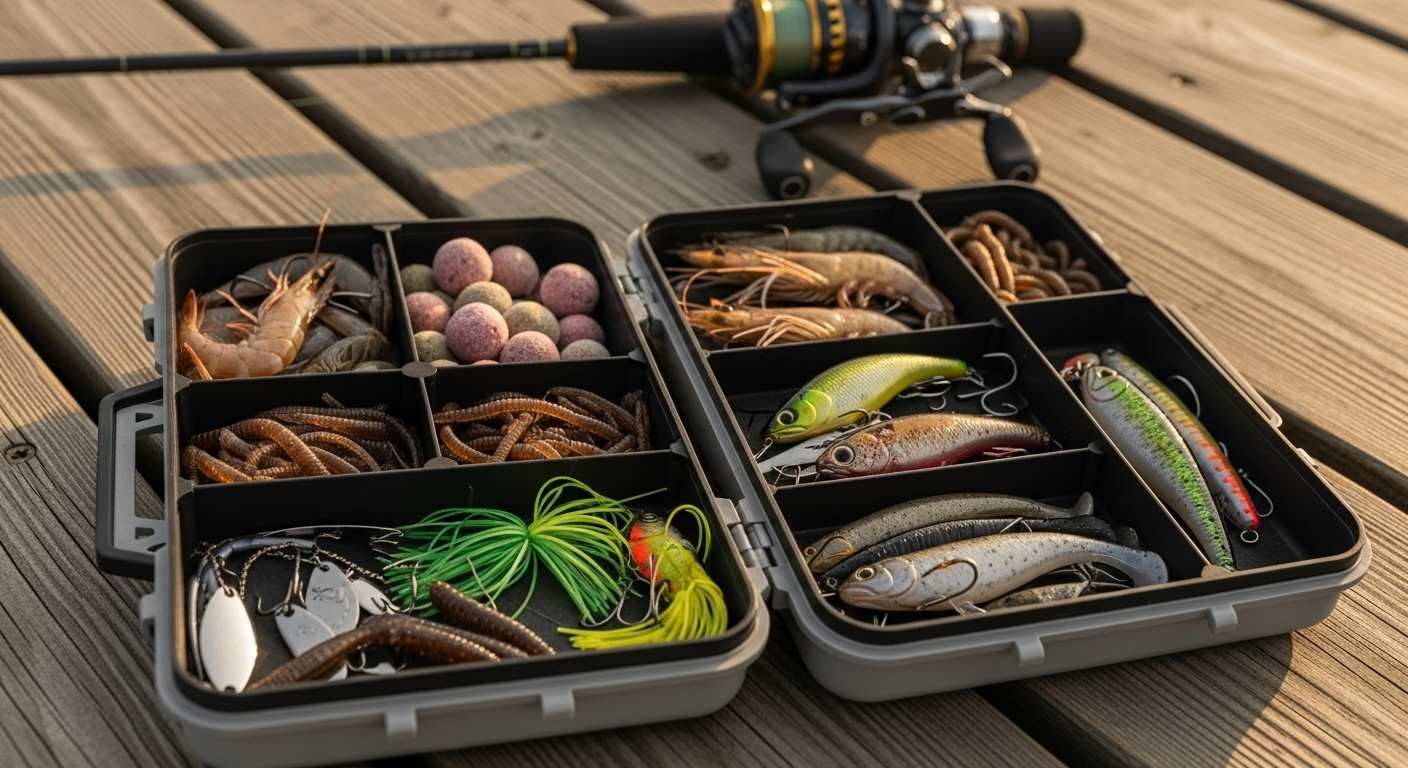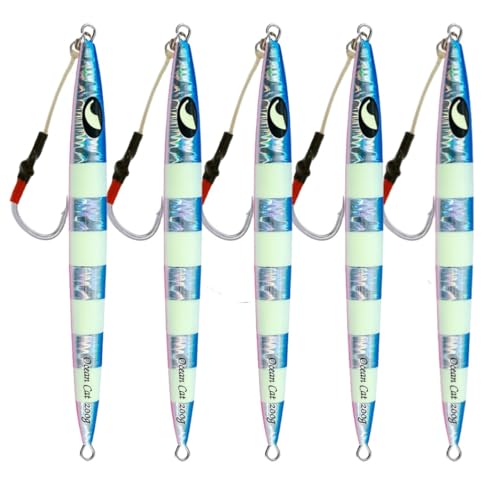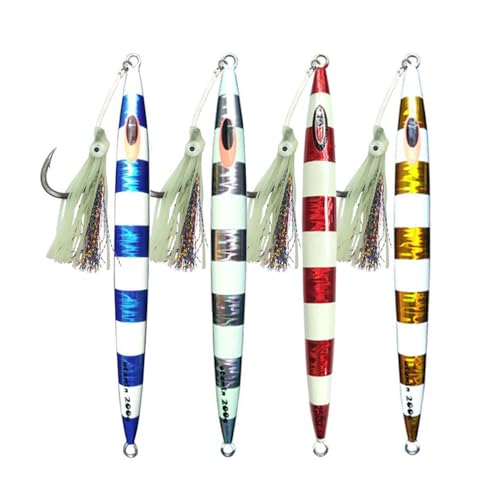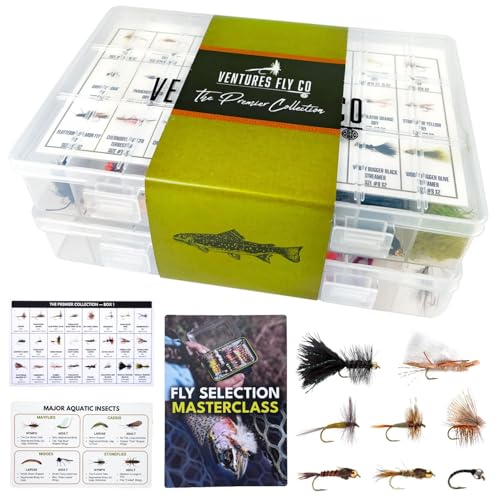Picture this: You’re standing in the tackle shop, overwhelmed by endless rows of lures, baits, and gear, wondering which combination will finally land you that trophy fish.
I’ve been there countless times over my 20+ years of fishing, and I can tell you that understanding the relationship between bait selection, target species, and presentation methods makes the difference between going home empty-handed and having fish stories worth telling.
After decades of testing everything from ancient fishing techniques passed down through generations to cutting-edge artificial lures, I’ve learned that successful fishing isn’t about having the most expensive gear—it’s about matching the right technique to the right situation.
🎣 Interactive Tackle Box
Click each section to explore fishing techniques & get personalized recommendations!
🎯 Welcome to Your Virtual Tackle Box!
Select any section above to explore different fishing techniques, baits, and get personalized recommendations based on your fishing conditions.
🦐 Live Bait Arsenal
Click on any bait to see effectiveness ratings and best target species:
🎣 Artificial Lures Collection
⚡ Fishing Techniques Mastery
🌊 Smart Condition-Based Recommendations
Select your current fishing conditions:
Understanding Bait Categories and Strategic Applications
The foundation of any successful fishing strategy begins with understanding the fundamental distinction between live and artificial baits, and more importantly, when each type provides the greatest advantage.
Live Bait vs. Artificial: The Strategic Framework
Live bait provides unmatched natural appeal through authentic movement, scent, and texture that fish instinctively recognize. This natural authenticity makes live bait particularly effective in clear water conditions where fish can closely examine potential prey items.
The versatility of live bait extends to its ability to attract multiple species simultaneously—most predatory fish will readily consume natural prey regardless of their specific dietary preferences.
However, artificial baits present compelling alternatives that address practical limitations while offering strategic advantages.
The durability eliminates concerns about bait mortality and storage requirements, while providing environmental benefits by reducing pressure on natural bait populations.
Key Decision Factors:
- Water clarity: Clear water favors live bait; murky water favors bright artificial lures
- Fishing pressure: Heavily pressured fish often respond better to artificial presentations
- Target species: Some species show strong preferences for specific bait types
- Regulations: Local laws may restrict certain live bait usage
Saltwater Fishing Techniques and Species-Specific Strategies
Saltwater environments present unique challenges that demand specialized approaches tailored to marine species behavior and habitat characteristics.
Premium Live Bait Options for Saltwater Success
Live Shrimp: The Gold Standard Live shrimp has earned its reputation as the most versatile saltwater bait, often called “trout candy” by experienced anglers.
School trout rely heavily on shrimp as their primary dietary component, while larger trout continue to respond to shrimp presentations even after transitioning to finfish-dominated diets.
Target Species for Live Shrimp:
- Speckled trout (school and gator trout)
- Redfish
- Black drum
- Sheepshead
- Flounder
- Channel mullet
- White trout
Croakers for Trophy Targeting Croakers serve as the premier choice for targeting trophy speckled trout. The optimal size range falls between 3-6 inches, providing the substantial profile necessary to attract larger predatory fish.
While more challenging to maintain than shrimp, their effectiveness for trophy fish makes the extra effort worthwhile.
Traditional Saltwater Bait Applications
Pilchards and Versatile Applications Pilchards excel for snapper, flathead, and salmon fishing, with hook sizes ranging from 1/0 to 4/0 depending on target species.
These baitfish can be presented whole for larger species or cut into pieces to create scent trails that attract predators from greater distances.
Specialized Baits like Pipi Pipi offers targeted solutions for specific species, including whiting, mullet, salmon, and garfish. Hook sizes range from 2 to 8, with presentation methods involving threading whole pipi onto hooks for most species, while garfish require cutting pipi into very small pieces.
For more detailed information on saltwater gear selection, check out our comprehensive guide on best saltwater rod and reel combos.
Freshwater Fishing Methods and Live Bait Systems
Freshwater environments require distinctly different approaches, with bait selection tailored to the unique characteristics of freshwater species and their feeding behaviors.
Live Bait Strategies for Freshwater Species
Scrubworms for Bottom Feeders Scrubworms represent one of the most effective live bait options for freshwater fishing, particularly targeting trout, redfin, and golden perch.
These should be used live and whole, with hook sizes ranging from 2 to 6. The most effective presentation involves bottom fishing, positioning scrubworms near the substrate where these species typically feed.
Yabbies for Larger Predators Yabbies provide excellent bait for substantial freshwater predators, including redfin, golden perch, and Murray cod. Hook sizes range from 4 to 2/0, reflecting their use for targeting larger species.
Present live yabbies by hooking through the tail and fishing on the bottom, where they exhibit natural movement patterns.
Worm-Based Freshwater Systems
Red wigglers offer active movement characteristics that significantly contribute to their effectiveness. Their vigorous motion on hooks attracts fish’s attention and triggers feeding responses, particularly in situations where subtle movement makes the difference between success and failure.
Technical Note: Red wigglers actually comprise two species—Eisenia Fetida and Eisenia Andrei. While Eisenia Fetida can produce pungent liquid when stressed, practical applications demonstrate that red wigglers remain viable for most freshwater scenarios.
For optimal freshwater presentations, explore our guide to best trout fishing rods that complement these live bait techniques.
Artificial Lure Categories and Applications
Artificial lures combine engineering principles with fish behavior to create sophisticated alternatives to natural baits.
Spinnerbait Systems and Applications
Spinnerbaits have established themselves as one of the most productive artificial lure categories across the entire country. The fundamental design consists of a rotating blade creating flash and vibration, paired with a jig head and skirt that provides visual appeal.
Key Advantages:
- Multiple sensory stimuli (visual, auditory, lateral line)
- Effective in murky water conditions
- Versatile trailer customization options
- Species range from panfish to large bass
Crankbait Design and Tactical Applications
Crankbaits represent sophisticated lure engineering designed to imitate baitfish, crawfish, and other natural prey through realistic appearance and swimming action. The critical design element lies in their bills, which determine running depth and action characteristics.
Technical Specifications:
- Bill angle determines diving depth
- Treble hook configuration improves hookup ratios
- Variable running depths target specific zones
- Species versatility from panfish to trophy bass
Soft Plastic Innovations
Soft plastics offer the most diverse artificial bait category, with designs imitating virtually any natural prey item. Crawfish imitations feature appendages and kickers creating realistic fleeing motions, while paddle tail versions imitate baitfish swimming actions.
For detailed lure selection guidance, visit our fishing lures category for comprehensive reviews and recommendations.
Environmental Factors and Strategic Decision Making
Success depends heavily on understanding environmental factors and making strategic decisions based on prevailing conditions.
Water Clarity and Visibility Factors
Water clarity represents one of the most critical factors influencing bait selection. In clear water conditions, fish exhibit heightened wariness and can closely examine potential prey items, making natural presentation crucial. Live baits often outperform artificial alternatives because they provide authentic movement, scent, and texture.
Conversely, murky water conditions favor artificial lures incorporating bright colors, vibrations, or noise-generating features that attract attention despite reduced visibility.
Seasonal Pattern Recognition
Spring Fishing Techniques:
- Pre-spawn feeding patterns
- Shallow water presentations
- Increased metabolism requires frequent feeding
Fall Bass Fishing Techniques:
- Feeding up for winter
- Schooling behavior patterns
- Deeper structure focus
Ice Fishing Techniques:
- Minimal movement presentations
- Small profile baits
- Vertical jigging methods
Species-Specific Techniques by Season
Bass Fishing Techniques by Season
Spring Bass Fishing Techniques: During pre-spawn periods, bass move shallow and feed aggressively. Focus on areas with warming water temperatures, using larger baits that provide substantial meals before spawning activities begin.
Summer Bass Fishing Techniques: Target deeper structure during midday heat, transitioning to shallow water during low-light periods. Topwater presentations excel during dawn and dusk feeding windows.
Fall Bass Fishing Techniques: Take advantage of feeding frenzies as bass prepare for winter. School bass often chase baitfish, making reaction baits like spinnerbaits and crankbaits highly effective.
Trout Fishing Techniques
Fly Fishing Techniques for Beginners: Start with basic presentations like woolly buggers and nymphs. Focus on dead-drift presentations that mimic natural insect movement in the current.
Traditional Trout Methods: Utilize live insects like mudeys under bubble floats, creating natural surface presentations during insect emergence periods.
Walleye Fishing Techniques
Walleye respond well to live bait presentations, particularly nightcrawlers and minnows. Focus on structure transitions and use bottom-bouncing techniques to maintain contact with preferred feeding zones.
For species-specific rod recommendations, explore our best spinning rods for bass fishing guide.
Advanced Presentation Methods
Crappie Fishing Techniques and Tips
Crappie require finesse presentations with small jigs and live bait. Focus on suspended fish around structure, using sensitive tackle that detects subtle bites.
Key Techniques:
- Vertical jigging around cover
- Slow trolling with multiple rods
- Live minnow presentations under floats
- Spider rigging for covering water
Old School Striper Fishing Techniques
Traditional striper methods emphasize live bait presentations with bunker, eels, and large shiners. Focus on current breaks and structure where stripers ambush baitfish schools.
New Bass Fishing Techniques
Modern bass fishing incorporates forward-facing sonar technology, allowing real-time observation of fish behavior and lure presentation adjustments.
Innovation Areas:
- Finesse techniques for pressured fish
- Technology-assisted presentations
- Hybrid artificial/natural presentations
- Environmental sustainability considerations
Common Mistakes and How to Avoid Them
Bait Selection Errors
Mistake: Using the same bait regardless of conditions
Solution: Adapt bait selection based on water clarity, weather, and fish behavior
Mistake: Ignoring local bait preferences
Solution: Research local forage base and match presentations accordingly
Presentation Problems
Mistake: Inconsistent retrieval speeds
Solution: Vary the retrieval until determining what fish prefer on that specific day
Mistake: Incorrect depth targeting
Solution: Use depth finders and structure knowledge to position baits effectively
For gear maintenance to avoid equipment-related issues, check our fishing reel maintenance guide.
Frequently Asked Questions
What are the different fishing techniques available?
There are numerous fishing techniques, including live bait fishing, artificial lure fishing, fly fishing, trolling, bottom fishing, and surface fishing. Each technique serves specific situations based on target species, water conditions, and environmental factors.
Which bait works best for bass fishing techniques for beginners?
For beginners targeting bass, I recommend starting with live nightcrawlers or artificial soft plastics like plastic worms. These baits are forgiving, relatively easy to use, and consistently produce results across various conditions.
How do I choose between live and artificial bait?
The choice depends on several factors: water clarity (live bait for clear water, artificials for murky water), target species preferences, fishing regulations, and personal skill level. Live bait generally provides more natural appeal, while artificials offer durability and environmental benefits.
What are the most effective crappie fishing techniques?
Effective crappie techniques include vertical jigging with small jigs around cover, using live minnows under floats, and slow trolling multiple rods at various depths. Focus on suspended fish around the structure during their preferred depth ranges.
How do seasonal changes affect fishing techniques?
Seasonal changes dramatically impact fish behavior and feeding patterns. Spring brings aggressive pre-spawn feeding, summer requires deeper presentations during heat, fall triggers feeding frenzies, and winter demands slow, minimal movement techniques.
What’s the difference between fly fishing techniques for beginners and advanced methods?
Beginner fly fishing focuses on basic casts and simple presentations with proven patterns like woolly buggers. Advanced techniques involve complex presentations, reading water, matching specific hatches, and precise timing of retrieval methods.
How many different fishing techniques should I master?
Rather than trying to master every technique, focus on 3-4 methods that work well in your local waters for your target species. Deep knowledge of fewer techniques often produces better results than superficial knowledge of many methods.
What are the best ice fishing techniques for different species?
Ice fishing techniques vary by species: walleye respond to jigging spoons and live bait, perch prefer small jigs with live bait, and trout often take small spoons or baited hooks. Minimal movement and patience are crucial in cold water conditions.
Conclusion and Action Steps
Mastering fishing techniques requires understanding the intricate relationships between bait selection, target species behavior, environmental conditions, and presentation methods. Throughout my years on the water, I’ve learned that the most successful anglers maintain diverse tackle selections, enabling adaptive responses to changing conditions.
Key Takeaways:
- Match bait to conditions: Clear water demands natural presentations, while murky water favors artificial lures with visual/auditory appeal
- Understand species preferences: Research your target species’ natural diet and feeding behaviors
- Adapt to environmental factors: Water temperature, clarity, and weather patterns significantly influence fish behavior
- Practice multiple techniques: Versatility in presentation methods increases success across varying conditions
- Invest in quality gear: Proper equipment enhances technique effectiveness and fishing enjoyment
Your Next Steps:
- Identify your primary target species and local water conditions
- Build a diverse tackle selection covering live baits and artificial lures
- Practice fundamental presentation techniques in controlled situations
- Keep a fishing journal documenting what works under specific conditions
- Connect with local fishing communities for region-specific knowledge
The integration of traditional live bait knowledge with modern artificial lure technologies provides the most robust foundation for consistent fishing success. Continue experimenting and observing—local conditions and fish behavior patterns evolve continuously, requiring ongoing adaptation and learning.
Remember, the best fishing technique isn’t about having the most expensive gear or knowing every method available. It’s about understanding when and how to apply the right technique for the specific situation you’re facing. Start with the fundamentals covered in this guide, and build your expertise through hands-on experience and continuous learning.
See also:





































